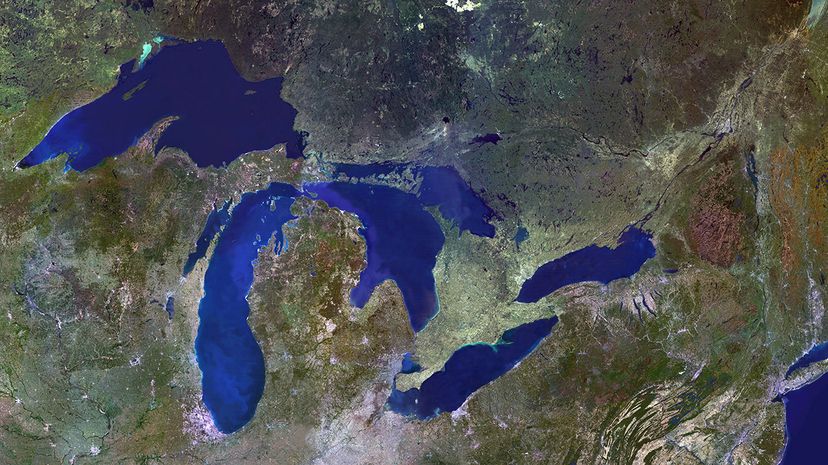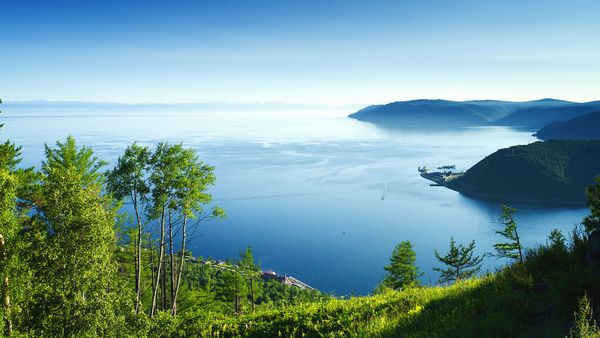
There's no place like H.O.M.E.S. — Huron, Ontario, Michigan, Erie and Superior. Together, North America's Great Lakes are impressive freshwater lakes, enriching our world with their vast bodies of water. So, how deep are the Great Lakes?
The depth varies considerably from one lake to another, with Lake Superior not only being the largest but also the deepest lake. Its maximum depth reaches approximately 1,333 feet (406 meters), a staggering measure that contributes to its voluminous size. The greatest depth of Lake Michigan is nearly as deep, at around 923 feet (281 meters).
Advertisement
Lake Ontario follows, with its deepest point plunging to about 802 feet (244 meters) and Lake Huron is just behind at 750 feet (220 meters). On the other hand, Lake Erie is the shallowest of the five lakes, with its deepest section measuring roughly 210 feet (64 meters). Despite these varying figures, the average depth across all the lakes presents an impressive testament to their scale.
While the impressive depths of the Great Lakes are a marvel in themselves, these figures merely scratch the surface of what makes these bodies of water truly extraordinary. As we delve into five more reasons why the Great Lakes are so great, it becomes evident that their depth is only the beginning.
Advertisement
